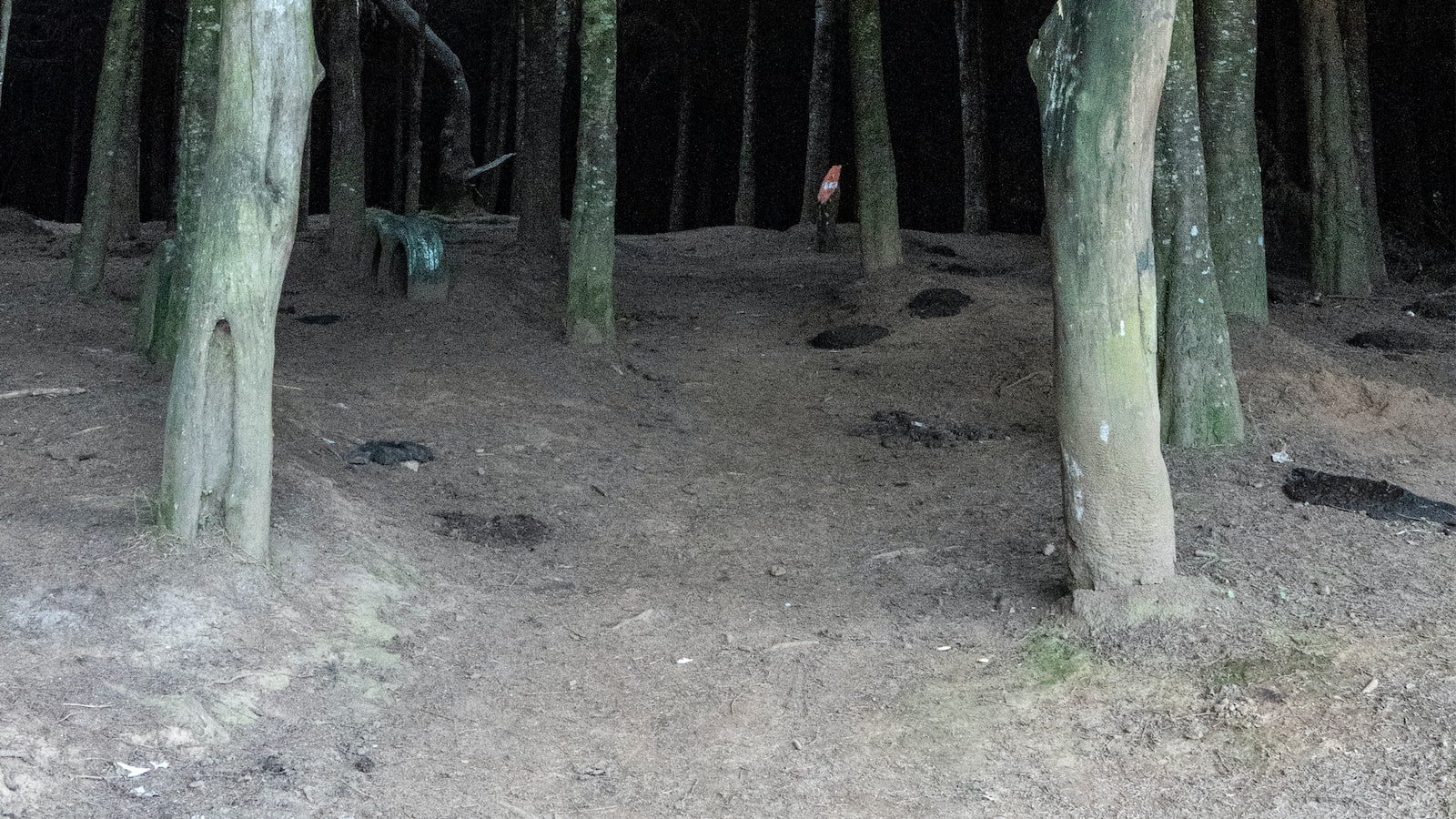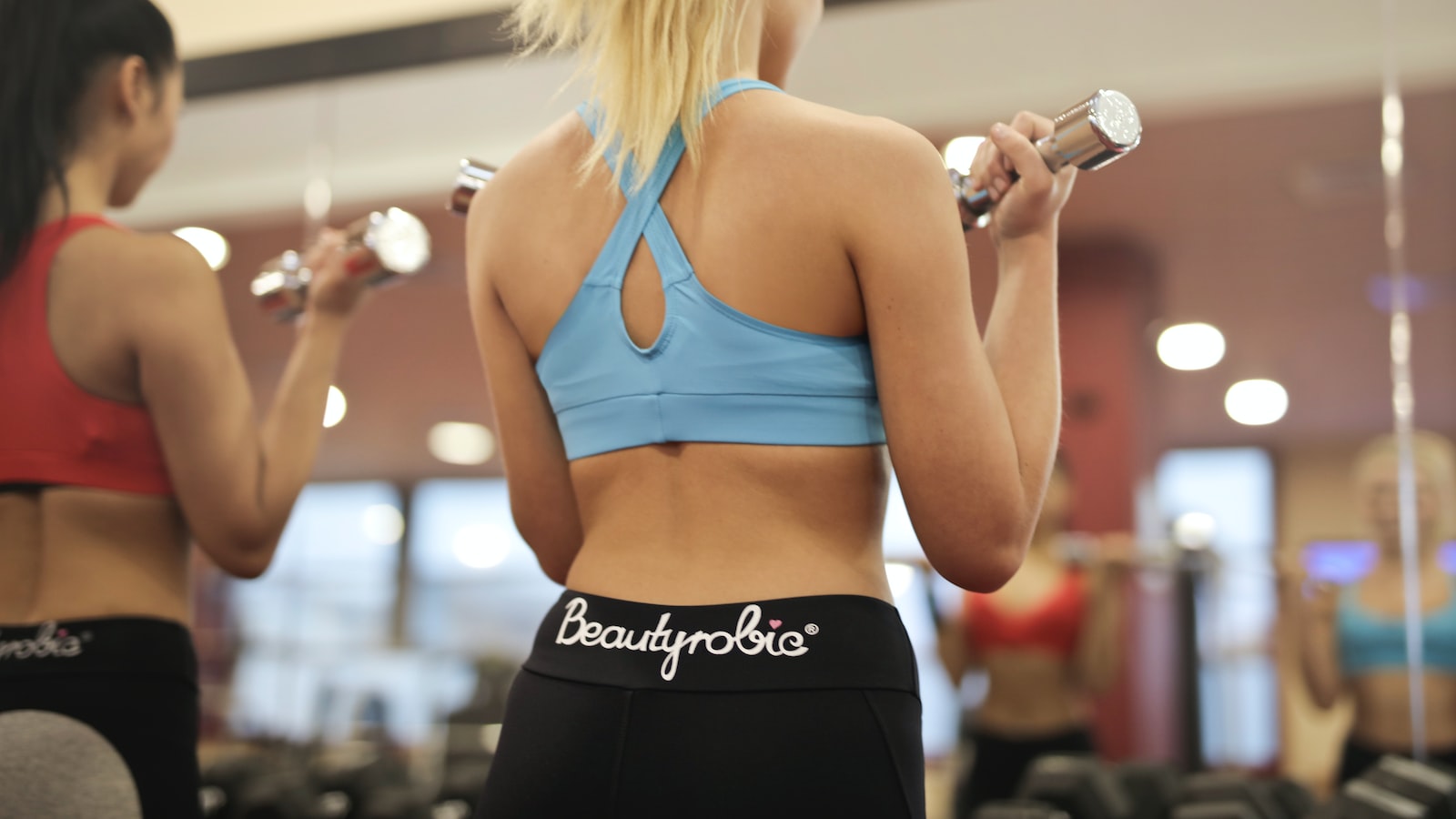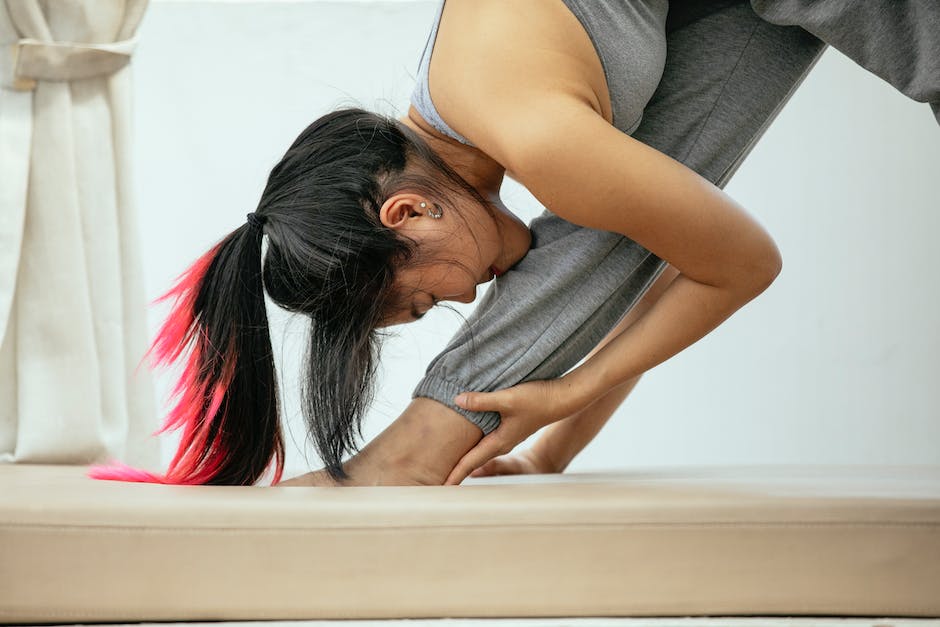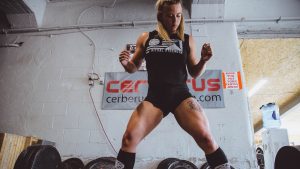
Introduction to Pilates: A Great Way to Stay Fit!
Hey there! Are you looking for a way to stay fit without all the running and lifting weights? If so, look no further than pilates! In this introduction to pilates article, we’ll explore what pilates is, the benefits of incorporating pilates into your exercise routine, and how to get started!
List of Content
- 1. What Is Pilates?
- 2. Benefits Of Pilates
- 3. Preparing For Pilates
- 4. Basic Pilates Exercises
- 5. Progressing With Pilates
- 6. Making Pilates a Part Of Your Fitness Regimen
- You Ask, I answer

1. What Is Pilates?
Pilates is a form of exercise developed by Joseph Pilates during the first part of the 20th century. As an exercise system, Pilates is designed to focus on improving posture, core strength, strength and flexibility. It is now a popular form of exercise that is practiced by millions of people around the world.
Pilates is based on a series of exercises and can be practiced on your own or with a certified instructor. Exercises can be done using your own body weight or with specialized equipment that you can buy or rent. Pilates is suitable for almost everyone, no matter your age, fitness level, weight or medical condition.
Pilates focuses on strengthening the core muscles of the body, such as the abdominals, obliques, hip flexors, lower back and pelvic floor. This helps to improve posture and balance, which leads to less pain and more confidence. Pilates also focuses on specific movements which help to strengthen and stretch key muscles and improve flexibility.
The benefits of Pilates include improved mobility, posture and balance, increased strength and endurance, increased core strength, and improved flexibility. Pilates is also great for stress relief and relaxation. Furthermore, Pilates has been shown to enhance athletic performance, coordination, endurance, and overall health.
- Improved Mobility
- Improved Posture and Balance
- Increased Strength and Endurance
- Increased Core Strength
- Improved Flexibility
- Stress Relief and Relaxation
- Enhanced Athletic Performance
- Improved Coordination
- Increased Endurance
- Overall Improved Health

2. Benefits Of Pilates
Pilates is a full body exercise, focusing on posture, strength and flexibility. It helps you build muscle and tone in the areas necessary to improve stability and balance. Here are some benefits of doing Pilates regularly:
- It can help improve your posture. Pilates strengthens the muscle groups around the spine, helping you stand and sit with more confidence and grace.
- It helps to reduce stress levels. Pilates exercises promote a calming effect on the body and mind, helping to reduce stress and improving mental wellbeing.
- It can help you build more strength. Pilates focuses on using resistance to build strength, helping you become strong without bulking up.
- It increases flexibility. Pilates helps stretch and lengthen the muscles, improving your range of motion and flexibility.
Pilates can also boost energy levels, improve coordination, increase muscle control and balance, increase concentration and alertness, and even help reduce pain and tension in the neck and back.
Pilates is a great way to stay fit and healthy, as well as improving your overall wellbeing. Take the plunge and give it a go today!
3. Preparing For Pilates
One of the best ways to get the most out of a Pilates class is to prepare for it. Although many people benefit from the spontaneous nature of Pilates classes, those who want to maximize their Pilates practice would do well to prepare in advance.
Clothing: The first thing you should do is dress appropriately. Wear clothes that are comfortable to move in and that don’t restrict your movements. Shorts, t-shirts, and leggings are all good choices and make sure to wear clothing that isn’t too loose or too tight.
Equipment: Gather the equipment you need before class. Pilates is a strength training exercise and can be completed on its own or with the help of certain equipment like a Pilates mat, half-roll, magic circle, and foam roller. If you’re not sure what equipment to get, you can ask your Pilates instructor for advice.
Hydration: Make sure you’re properly hydrated before your Pilates class. Hydrating before class helps to keep your body functioning optimally and allows your muscles to work more efficiently. Here are some tips on how to stay hydrated:
- Drink plenty of fluids throughout the day.
- Bring a water bottle to your Pilates class.
- Avoid drinking too much caffeine.
- Drink water before, during, and after exercising.
4. Basic Pilates Exercises
1. The Hundred
The Hundred is an essential Pilates exercise that develops the coordination between the arms and the legs. It involves lying on your back, with your knees bent and your feet flat on the floor. Lift your head and shoulders slightly, and bring your arms by your side with your palms down. Now, inhale and lift your legs slightly off the ground while you concurrently lift your arms so that your palms face the ceiling. Exhale and move your arms back down, then lower your legs back down as well. Do a total of 100 repetitions, taking a break when you need it.
2. The Crane
This exercise focuses on the abs and lower back, while also improving coordination and balance. Begin by standing at the top of your mat, with feet together and toes pointed. Take a few deep breaths and then bend at the waist toward the floor. As you do this, extend your arms out in front and twist your body so that your left arm is in front of your right toes and your right arm is in line with your left toes. Make sure to keep your weight evenly distributed on both feet. Return to the original position, and then repeat the sequence with your arms crossed and then the other way.
3. The Boat
The Boat is a great Pilates exercise for building core strength. Start by lying on your back, with your arms by your sides and your legs extended. As you inhale, roll your shoulders off the floor and lift your ;egs to a 45 degree angle. Once you’ve stabilized your core, extend your arms straight out in front of you and point them directly up to the ceiling. Try to remain in this position for at least 10 seconds as you continue to breathe steadily. Then, slowly lower your arms and legs down and rest for a few seconds before trying the exercise again.
4. The Oblique Twist
This Pilates exercise works the obliques and the core muscles. Start by lying on your back with your arms extended out to your sides. Bend your knees and bring them in toward your chest, and then open them to the sides. Now roll your hips over to one side and reach your hands up to the sky. Repeat the sequence while twisting toward the other side. Make sure to keep your knees wide and your lower back strongly pressed into the ground throughout the entire exercise. Do 8 to 10 repetitions each side.
5. Progressing With Pilates
Starting Out
Pilates should be a slow, steady progress. You’ll benefit from taking classes at a local gym or joining a pilates video. Begin your practice by learning basic moves like the crunch, plank, and bridge. Focus on perfecting your technique to get the most out of each exercise.
Building Strength
Once you become familiar with the movements, you can start adding weight to increase the difficulty. Start with lighter weights and gradually build up to heavier weights. Also consider incorporating equipment like a Pilates Ring or a Swiss Ball to engage more muscles while engaging in Pilates.
Working on Core Stabillity
Core stability is the foundation of Pilates, so it’s important to focus on learning and mastering movement. Consider breathing one way during the contraction phase, then the opposite way during the release phase. This prevents you from straining yourself and adds endurance.
Exploring New Positions and Movements
As your skills and strength develop, try out moves like the leg circles and twist to target different muscles. As your practice progresses, you should also get comfortable with stretching and lengthening your movement, which is just as important as developing strength.
6. Making Pilates a Part Of Your Fitness Regimen
Integrating Pilates Into Your Fitness Routine
Pilates is a great way to add variety to your fitness regimen. It will provide you with a total body workout and help develop strength, flexibility, and core stability. It’s a low-impact exercise that can help you improve your posture, balance, and coordination. Here are some tips to help you get started.
- Seek out an instructor. Pilates is a precise form of exercise, and it’s important to have an instructor to make sure you are doing the exercises properly and safely. A qualified instructor can also offer modifications for libraries and injuries and provide personalized advice to help you reach your fitness goals.
- Start slow. Begin with basic poses and progress gradually. Advanced poses should only be attempted after you have mastered the basics.
- Choose appropriate exercises. Pilates is suitable for everyone, regardless of fitness level. There is a wide range of poses to choose from, so you can select ones that are suitable for your current fitness level and targeting the muscles you want to work.
- Focus on proper form. Pilates emphasizes control and relaxation. Make sure that you are focusing on quality rather than quantity and take your time to ensure that your form is correct.
Adding Pilates to your fitness routine can be a great way to change up your workouts and stay fit. With these tips, you’ll be able to incorporate Pilates into your fitness routine safely and effectively.
You Ask, I answer
Q: What is Pilates?
A: Pilates is an exercises system that focuses on core stability and helps to improve posture, balance, and flexibility. It incorporates both mat exercises and equipment-based movements.
Q: What are the benefits of doing Pilates?
A: Doing Pilates regularly can improve posture, improve core strength and stability, increase flexibility, and also help with stress relief. It can also help reduce the risk of injury, as well as help athletes to perform better.
Q: How can I get started?
A: It’s always advisable to consult with a Pilates instructor so that you can be guided in the best way to do the exercises for your body type. Once you have been instructed, you can start experimenting with Pilates classes or buy at-home materials to practice at your own pace.
Pilates is an excellent option for anyone looking to improve their fitness. Not only is it a great way to strengthen core muscles, improve posture and flexibility, and build endurance, but it’s also a low-impact form of exercise that can be done from the comfort of your own home. As you can see, there are so many great benefits to trying Pilates, and with practice, you’ll reap the rewards of improved overall strength and health. So, what are you waiting for? Try Pilates today, and get on your way to a healthier, stronger you!


